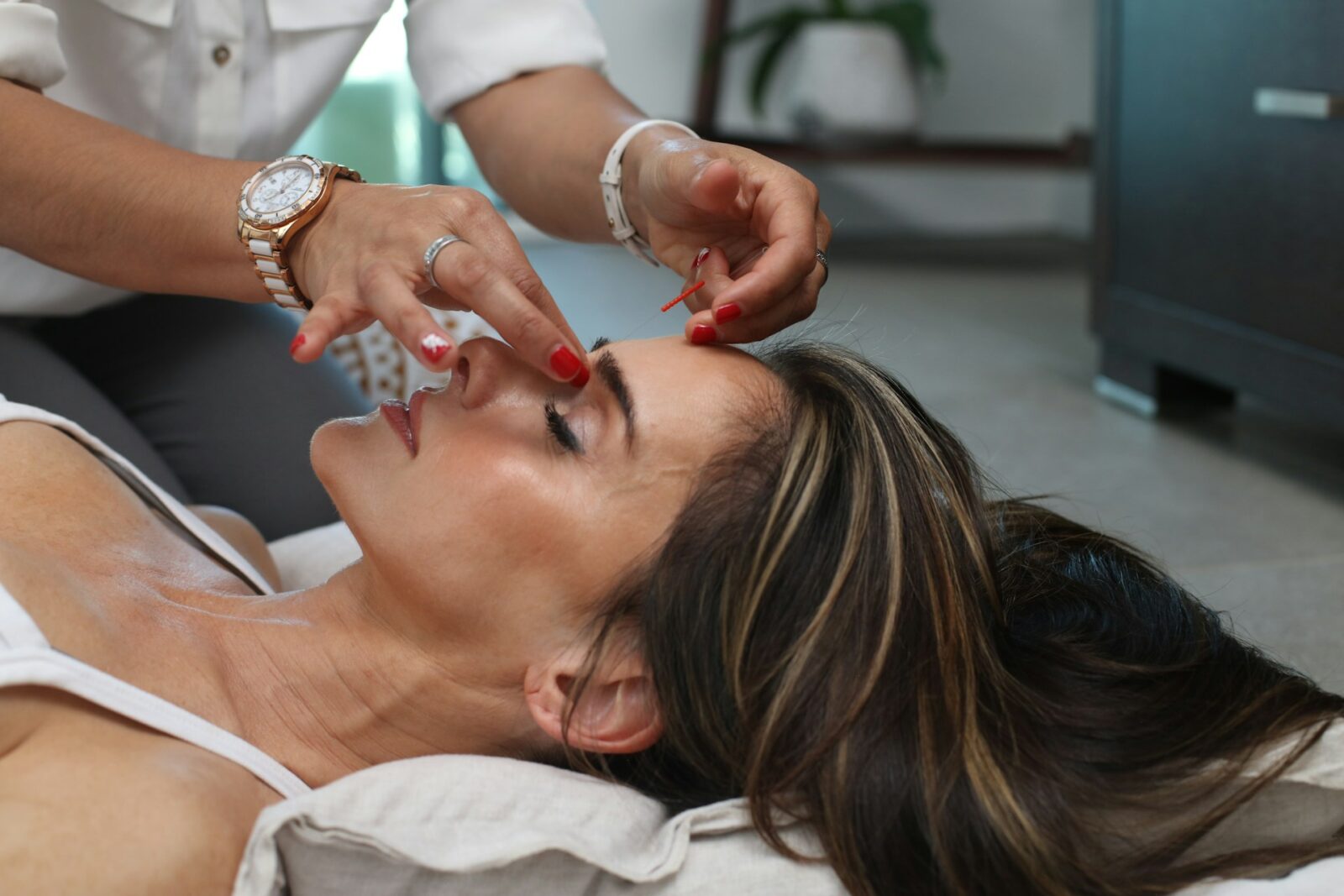Massage therapy is a rewarding career that combines the art of healing with the science of anatomy. If helping others while working in a flexible, growing industry excites you, becoming a certified massage therapist could be the perfect career path. But how can you get started?
This guide outlines everything you need to know about becoming a certified massage therapist. From understanding certification requirements to choosing the right massage courses online, you’ll find a clear, actionable path to pursue this fulfilling career.
The Benefits of Becoming a Certified Massage Therapist
The beauty of massage therapy is its versatility and impact. Certification comes with numerous benefits, both personally and professionally. Here’s why pursuing certification is an excellent idea:
- Professional Credibility
Certification ensures that you meet industry standards, giving clients confidence in your abilities. This trust can lead to repeat business and referrals.
- Expanding Opportunities
Certified therapists often gain access to better job opportunities in spas, wellness centers, and even private practices.
- Personal Fulfillment
Helping clients relieve stress, recover from injuries, or simply unwind makes this a highly satisfying career.
- Flexible Career Path
Massage therapy offers a variety of focus areas, from sports massage to aromatherapy, allowing you to specialize and diversify your career.
Understand Certification Requirements in Your Area
Before embarking on your massage therapy career, it’s crucial to understand the licensing and certification requirements in your location.
General Certification Process
The certification path generally includes completing a recognized training program, passing an exam, and acquiring the necessary licenses to practice. Each step ensures that you’re prepared to meet both legal and industry standards.
State Regulations Vary
Each state or country has its own rules. For example, in the U.S., most states require passing the MBLEx (Massage & Bodywork Licensing Examination). Others may ask for specific coursework or additional certifications. Make sure to research the exact requirements in your area.
Continuing Education
Many regions also require certified massage therapists to complete Continuing Education Units (CEUs) every few years. Incorporating ongoing learning into your practice is essential for staying current.
Select the Right Training Program
Choosing the right massage courses is critical to your success, as it determines the quality of education and training you’ll receive. Here’s how to choose wisely:
Online vs. On-Site Courses
Online massage courses offer flexibility for students juggling other responsibilities. However, most initial training programs include significant hands-on practice, making hybrid or in-person programs a better fit for foundational learning.
Accreditation Matters
Ensure the program you select is accredited and well-regarded in the massage therapy community. Check if the school is approved by national or regional industry bodies, such as the AMTA (American Massage Therapy Association).
Evaluate the Curriculum
A solid curriculum typically includes anatomy, physiology, ethics, hands-on techniques, and business development for therapy practices. Look for well-rounded programs that cover these areas in depth.
Check Reviews and Completion Rates
What do former students think of the course? Do many students go on to pass their licensing exams? These insights are invaluable.
Practice Hands-On Techniques
Hands-on practice is the heart of massage training. Whether you’re enrolled in an in-person or hybrid program, developing strong practical skills is essential.
Clinical Hours
Most training programs require students to complete a specified number of supervised clinical hours. These sessions provide opportunities to work with real clients under professional supervision.
Equipment Familiarity
During hands-on training, you’ll also become familiar with essential massage tools, such as tables, oils, and other equipment that enhance client experiences.
Hands-On Versatility
Learning multiple techniques such as Swedish massage, deep tissue, and reflexology allows you to cater to a diverse client base. More specialized techniques, like prenatal or sports massage, are often offered as advanced modules.
Prepare and Pass the Certification Exam
The certification exam is a critical milestone towards becoming a licensed massage therapist. Here’s how to prepare effectively:
Study Resources
Many organizations offer study guides, practice exams, and flashcards tailored to specific certification exams, like the MBLEx.
Review Course Materials
Go back to your training materials, especially anatomy, physiology, and ethics. These topics often have the most weight on certification exams.
Time Management
Allocate consistent study sessions weekly. This approach is far more effective than cramming closer to the exam.
Use Practice Exams
Take full-length mock exams under timed conditions to get a sense of pacing and question difficulty.
Launching Your Career as a Certified Massage Therapist
Once you’re certified, the real adventure begins! Here’s how to establish yourself in the massage therapy industry:
Finding Work
Explore job openings in spas, clinics, fitness centers, and wellness retreats. Alternatively, consider starting your private practice for more control.
Networking Opportunities
Tap into professional organizations like AMTA to network with peers, find mentorships, and stay updated on trends.
Build Your Personal Brand
Establish an online presence through social media or a personal website. Share client testimonials, appointment availability, and content related to health and wellness.
Stay Ahead with Continuing Education and Skill Expansion
Professional growth doesn’t stop at certification. Staying relevant and competitive requires continuous investment in your skills.
Explore Workshops
Specialized workshops, often offered through massage courses online, are excellent for adding niche skills like hot stone therapy or cupping therapy.
Attend Industry Events
Attend trade shows and conventions to keep up with the latest technologies, techniques, and trends in massage therapy.
Certification Renewals
Don’t forget to track your CEU requirements to maintain your certification and stay legally compliant.
From Classroom to Career
Becoming a certified massage therapist isn’t just about earning a credential. It’s a path to building a fulfilling and flexible career where you can make a difference in others’ lives.
By understanding certification requirements, selecting quality programs, and committing to hands-on practice, you will create a strong foundation for success.
Are you ready to begin your massage therapy career? Explore trusted massage courses online today to start your learning journey. With the right training and dedication, you’ll be on your way to joining a thriving community of wellness professionals.














